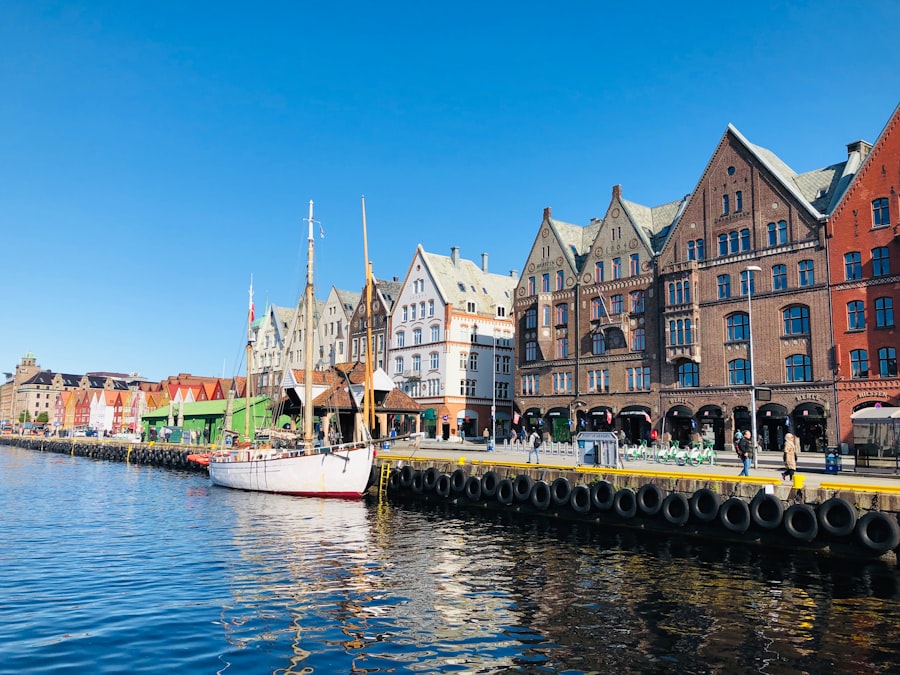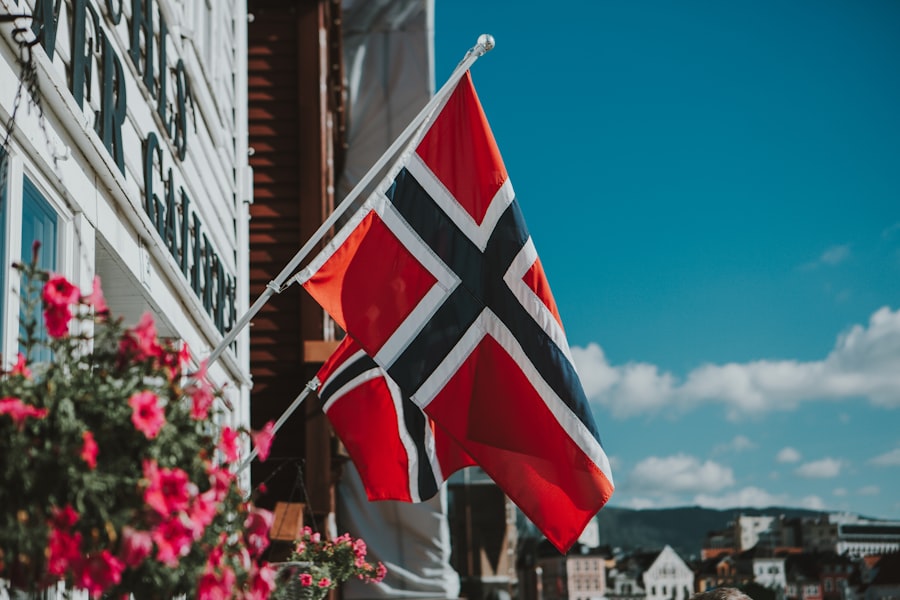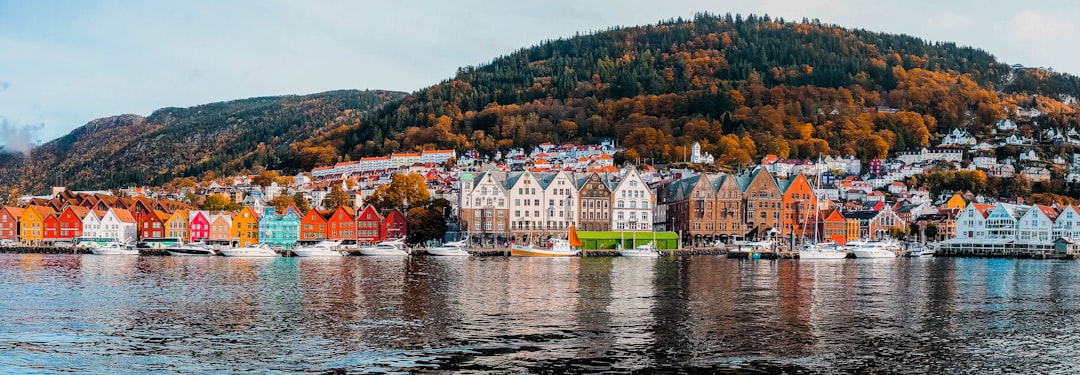Pinse, or Pentecost, has its roots deeply embedded in the Christian tradition, marking a significant event in the liturgical calendar. The term ‘Pentecost’ is derived from the Greek word ‘pentekoste,’ meaning ‘fiftieth,’ as it occurs fifty days after Easter Sunday. This festival commemorates the descent of the Holy Spirit upon the apostles and other followers of Jesus Christ, as described in the Book of Acts in the New Testament.
The event is often considered the birth of the Christian Church, as it empowered the apostles to spread the teachings of Jesus to diverse communities, transcending linguistic and cultural barriers. Historically, Pinse also aligns with the Jewish festival of Shavuot, which celebrates the giving of the Torah at Mount Sinai. This connection highlights the continuity between Jewish and Christian traditions, as early Christians were predominantly Jewish.
The dual significance of Pinse as both a Christian and Jewish festival underscores its importance in understanding the evolution of religious practices and beliefs. As Christianity spread throughout Europe, Pinse became a pivotal moment for believers, symbolising not only the arrival of the Holy Spirit but also the establishment of a new covenant between God and humanity. Your journey to a smooth relocation starts here. Talk one-on-one with a Norway Relocation specialist and turn your plan into a reality.
Summary
- Pinse, also known as Pentecost, has its origins in the Christian tradition and is celebrated 50 days after Easter Sunday.
- ‘Første Pinsedag’ holds great significance as it commemorates the descent of the Holy Spirit upon the apostles and the birth of the Christian church.
- ‘Andre Pinsedag’ is a time for reflection and relaxation, allowing people to spend time with family and friends.
- Traditions and celebrations on ‘Første Pinsedag’ often include attending church services, enjoying festive meals, and participating in outdoor activities.
- ‘Andre Pinsedag’ is observed in different cultures with various customs, such as picnics, nature walks, and community events.
The Significance of ‘Første Pinsedag’ (First Pentecost Day)
Første Pinsedag, or First Pentecost Day, holds immense significance within the Christian faith. It is a day that celebrates the transformative power of the Holy Spirit, which is believed to have equipped the apostles with divine wisdom and courage to proclaim their faith boldly. This day is often marked by special church services, where congregations gather to reflect on the themes of renewal, empowerment, and community.
The liturgical readings typically focus on the events described in Acts 2, where the apostles are filled with the Holy Spirit and begin speaking in various tongues, symbolising the universality of Christ’s message. In many Christian denominations, Første Pinsedag is also seen as a time for personal reflection and spiritual growth. Believers are encouraged to contemplate their own experiences of faith and how they can embody the teachings of Jesus in their daily lives.
The day serves as a reminder that the Holy Spirit continues to work within individuals and communities, guiding them towards love, compassion, and service. As such, Første Pinsedag is not merely a historical commemoration but a living celebration of faith that resonates with believers across generations.
Exploring the Meaning of ‘Andre Pinsedag’ (Second Pentecost Day)

Andre Pinsedag, or Second Pentecost Day, follows closely on the heels of Første Pinsedag and is often regarded as an extension of the celebrations. While it may not carry the same weight as its predecessor, it still holds significance for many Christians. In some traditions, this day is dedicated to reflecting on the ongoing work of the Holy Spirit in the world and within individuals.
It serves as an opportunity to consider how believers can continue to live out their faith in practical ways, fostering community and connection. In various cultures, Andre Pinsedag may be observed with different customs and practices. For instance, some communities may hold additional church services or engage in communal activities that promote fellowship and unity.
The day can also be a time for families to come together, sharing meals and stories that reinforce their shared beliefs. Ultimately, Andre Pinsedag invites believers to contemplate their role in the broader Christian narrative and encourages them to actively participate in their faith journey.
Traditions and Celebrations on ‘Første Pinsedag’
The traditions surrounding Første Pinsedag are rich and varied, reflecting the diverse ways in which communities celebrate this important occasion. In many churches, special services are held that feature vibrant music, prayers, and sermons focused on the themes of Pentecost. The use of red decorations is common, symbolising the flames of the Holy Spirit that descended upon the apostles.
This visual representation serves as a powerful reminder of the transformative nature of faith. In addition to church services, many communities engage in outdoor festivities that celebrate unity and togetherness. Picnics, barbecues, and community gatherings are popular ways to mark Første Pinsedag, allowing families and friends to come together in a spirit of joy and gratitude.
In some regions, traditional foods are prepared that hold cultural significance, further enriching the experience of celebration. These customs not only honour the religious aspects of Pinse but also foster a sense of belonging and connection among participants.
How ‘Andre Pinsedag’ is Observed in Different Cultures
The observance of Andre Pinsedag varies significantly across cultures and regions, reflecting local customs and traditions. In some countries, it is treated as a public holiday, allowing people to take part in various festivities without the constraints of work or daily responsibilities. For instance, in parts of Scandinavia, communities may organise parades or outdoor events that celebrate both religious and cultural heritage.
In other cultures, Andre Pinsedag may be marked by quieter reflections or family gatherings rather than large public celebrations. Some families choose to spend this day in prayer or contemplation, focusing on personal spiritual growth rather than communal festivities. This diversity in observance highlights how cultural contexts shape religious practices and how communities adapt their celebrations to resonate with their unique identities.
The Role of Pinse in Christian Faith and History

Pinse plays a crucial role in both Christian faith and history, serving as a pivotal moment that shaped the early Church’s development. The event signifies not only the arrival of the Holy Spirit but also marks a turning point for Jesus’ followers as they transitioned from a small group of disciples to a global movement. This transformation was instrumental in spreading Christianity throughout the Roman Empire and beyond.
Moreover, Pinse has been a source of inspiration for countless believers throughout history. The themes of empowerment and renewal resonate deeply within Christian teachings, encouraging individuals to seek a personal relationship with God through the Holy Spirit. As such, Pinse serves as a reminder that faith is not static but dynamic—constantly evolving as believers respond to divine guidance in their lives.
The Biblical Story of Pentecost and its Relevance Today
The biblical story of Pentecost is recounted in Acts 2:1-13, where the apostles are filled with the Holy Spirit during the Jewish festival of Shavuot. This momentous occasion is marked by miraculous signs—such as speaking in tongues—that signify God’s presence among His people. The narrative illustrates how ordinary individuals can be transformed into powerful witnesses for Christ through divine intervention.
Today, this story remains relevant for Christians seeking to understand their own experiences with faith and spirituality. Many believers draw parallels between their lives and that of the apostles, recognising that they too can be empowered by the Holy Spirit to effect change in their communities. The message of Pentecost encourages individuals to embrace their unique gifts and talents while fostering unity among diverse groups—a lesson that resonates strongly in our increasingly fragmented world.
Comparing Pinse with Other Christian Holidays
When comparing Pinse with other Christian holidays such as Christmas or Easter, one can observe both similarities and differences in themes and observances. Christmas celebrates the birth of Jesus Christ, while Easter commemorates His resurrection—both pivotal events in Christian theology. In contrast, Pinse focuses on the ongoing work of the Holy Spirit within believers’ lives and communities.
While all three holidays emphasise key aspects of faith—incarnation at Christmas, resurrection at Easter, and empowerment at Pinse—they each offer unique opportunities for reflection and celebration. Christmas often centres around family gatherings and gift-giving, while Easter involves themes of renewal and hope through resurrection. Pinse invites believers to consider their role within the Church and encourages active participation in spreading Christ’s message.
Pinse in Scandinavian and Nordic Countries
In Scandinavian and Nordic countries, Pinse is celebrated with a blend of religious observance and cultural traditions that reflect local customs. In Norway, for example, Første Pinsedag is often marked by church services followed by family gatherings or outdoor activities such as hiking or picnicking. The long days of spring provide an ideal backdrop for these celebrations, allowing families to enjoy nature while reflecting on their faith.
In Sweden and Denmark, similar customs prevail, with many communities hosting events that promote fellowship among church members. Traditional foods may be served during these gatherings, further enriching the experience of celebration. The emphasis on community and connection during Pinse reflects broader cultural values found throughout Scandinavia—values that prioritise togetherness and shared experiences.
Modern Interpretations and Practices of Pinse
As society evolves, so too do interpretations and practices surrounding Pinse. Many contemporary Christians seek to engage with this festival in ways that resonate with modern life while remaining rooted in tradition. For instance, some congregations may incorporate contemporary music or multimedia presentations into their services to appeal to younger generations.
Additionally, there is a growing emphasis on social justice initiatives during Pinse celebrations. Many churches encourage members to participate in community service projects or outreach programmes that embody the spirit of empowerment associated with this holiday. By connecting faith with action, modern interpretations of Pinse reflect an understanding that belief must be lived out through tangible acts of love and service.
The Future of Pinse Celebrations in a Changing World
As we look towards the future of Pinse celebrations in an ever-changing world, it is essential to consider how these traditions will adapt to new contexts while maintaining their core significance. With increasing secularisation in many societies, churches may need to find innovative ways to engage individuals who may not identify strongly with traditional religious practices. Moreover, as globalisation continues to shape cultural exchanges, there may be opportunities for diverse expressions of Pinse celebrations that incorporate elements from various traditions around the world.
This blending could enrich communal experiences while fostering greater understanding among different cultures within Christianity. In conclusion, Pinse remains a vital aspect of Christian faith that transcends time and cultural boundaries. From its origins rooted in biblical history to its modern interpretations today, this festival continues to inspire believers worldwide to embrace empowerment through faith while fostering unity within diverse communities.
As we navigate an ever-evolving landscape, it is crucial to honour these traditions while remaining open to new expressions that reflect our shared humanity.
Register for a Norwegian class at the NLS Norwegian Language School now!

